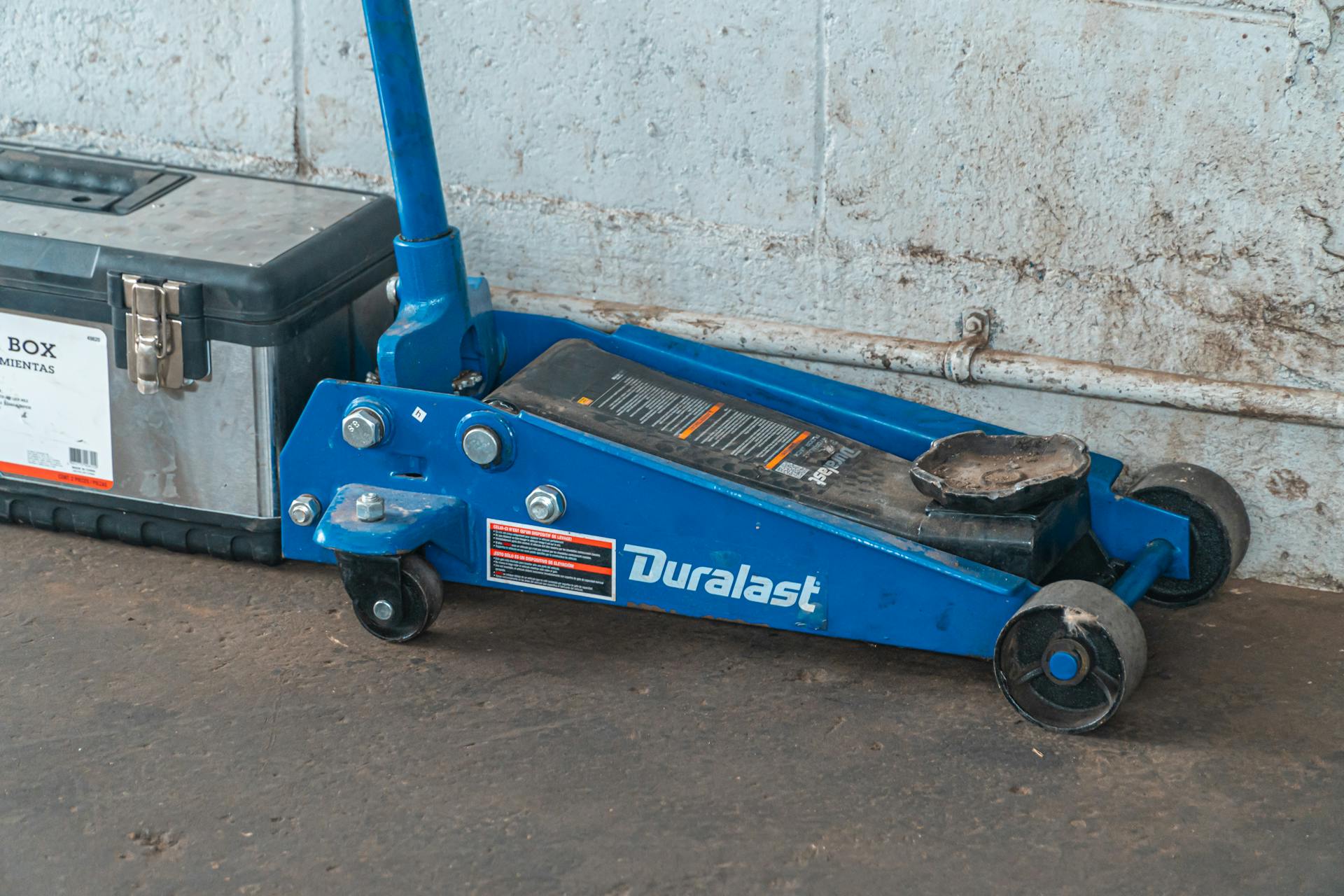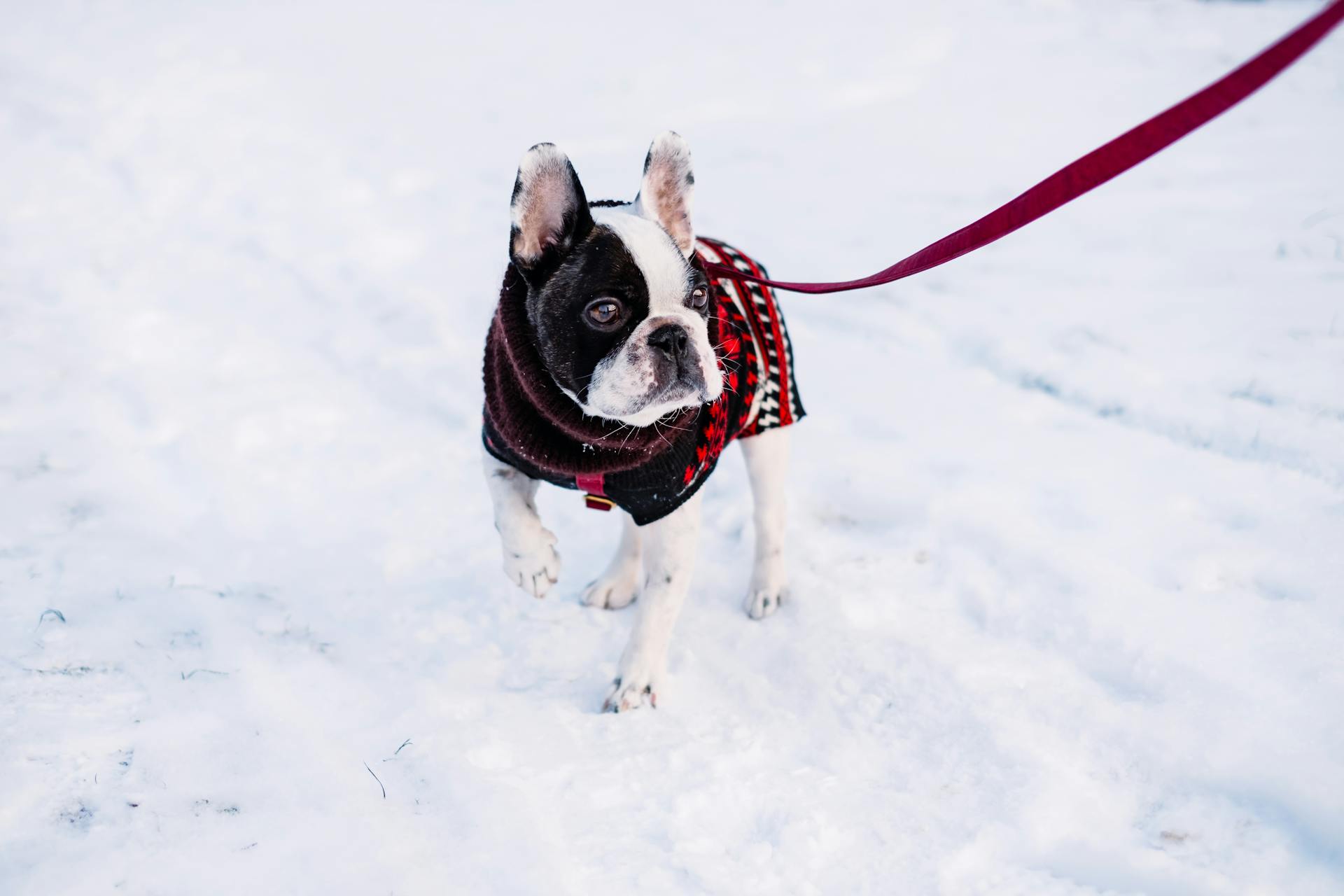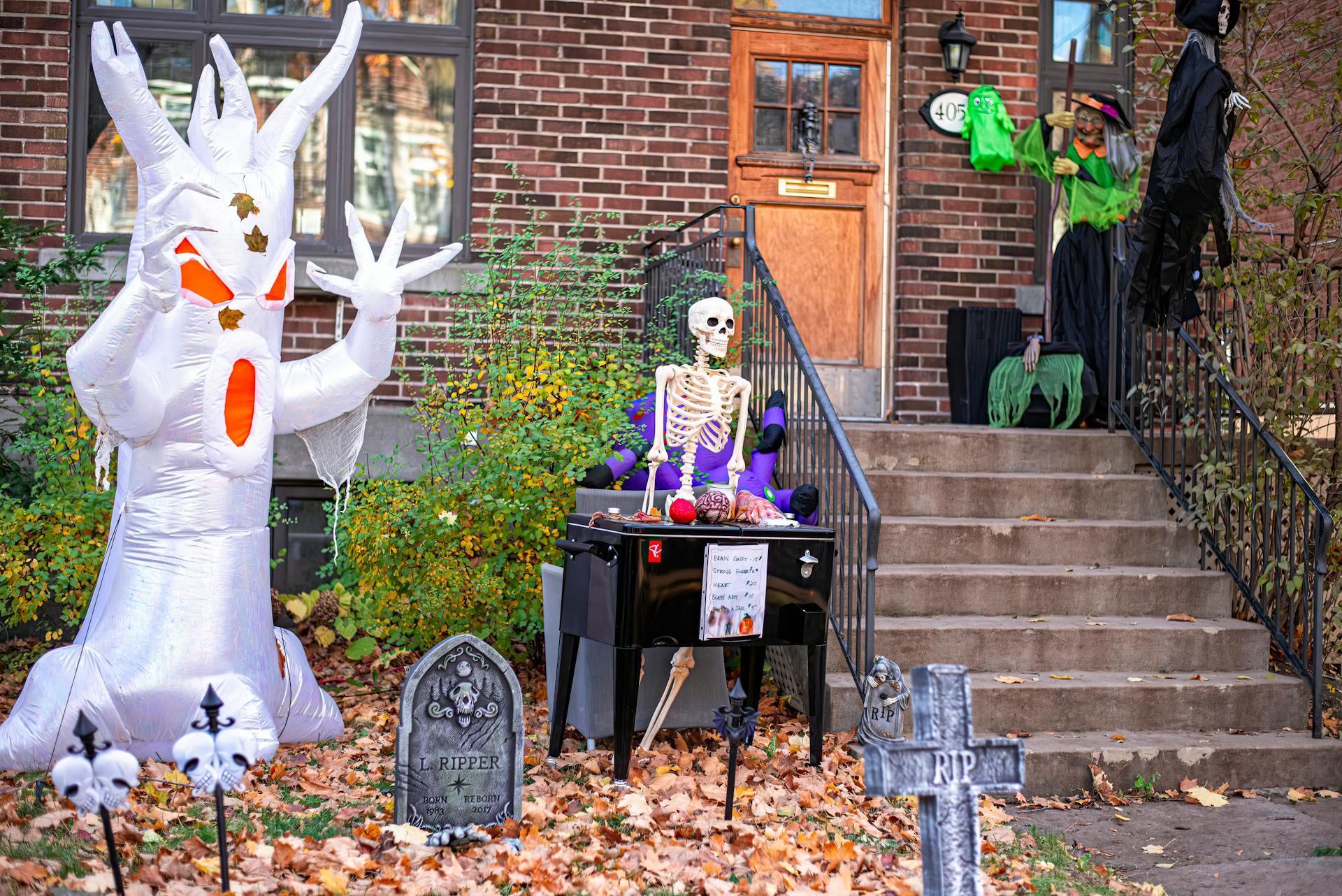
The Jack Russell Terrier puppy is a bundle of energy and joy, but they do require a lot of exercise and mental stimulation to prevent boredom and destructive behavior.
Their small size belies their big personality, and they can be quite feisty when provoked.
Originating in England in the 19th century, the Jack Russell Terrier was bred to hunt small game, and as such, they have a strong prey drive and can be quite stubborn at times.
Jack Russell Terriers are a relatively small breed, weighing between 13-17 pounds and standing between 10-15 inches tall.
They have a short, dense coat that requires minimal grooming, but they do shed heavily, especially during shedding season.
Their short coats also make them a great choice for families with allergies, as they produce less dander than other breeds.
Despite their small size, Jack Russell Terriers are a relatively long-lived breed, with an average lifespan of 13-15 years.
Regular exercise and a balanced diet are crucial for maintaining their overall health and well-being.
Care and Nutrition
You're bringing home a Jack Russell terrier puppy! First, let's talk about their exercise needs - they require extensive exercise to stay happy and well-balanced.
Their short coat is low-maintenance, but they do need regular training and mental stimulation to prevent boredom.
To fuel their high energy levels, Jacks need a quality diet with a well-balanced and properly proportioned meal regimen. They can be persistent beggars, so it's essential to keep an eye on their weight.
Aim to feed two to three small, measured meals per day to prevent overeating and maintain a healthy body condition. Your veterinarian can help determine the best feeding schedule and food for your puppy.
Just like humans, Jack Russell terriers have unique caloric needs based on their physical size, metabolism, neuter status, and activity level. Consult with your veterinarian to determine the right amount of food for your puppy, and always follow the feeding guide labels on your dog food.
Nutritional Tips
Parson Jack Russell Terriers may benefit from the addition of omega-3 fatty acids to their diets, which can be found in skin and joint supplements, fish oil, and some specially formulated dog foods.
These fatty acids act as natural anti-inflammatories that help support your dog's skin, coat, kidneys, joints, and heart.
To fuel their active lifestyle, Jacks need a quality diet that's well-balanced and properly proportioned.
They can be persistent beggars, so it's essential to keep a close eye on their weight to prevent health problems.
Feeding two to three small, measured meals per day can help prevent overeating and maintain a healthy body condition.
Some terriers may require a light or diet food, especially if they're prone to being overweight.
Consult your veterinarian to determine the best feeding plan for your Jack Russell, as their caloric needs vary depending on factors like size, metabolism, and activity level.
The feeding guide labels on your dog food can also provide valuable information to help you make informed decisions about your dog's diet.
On a similar theme: English Bulldog Skin Issues
Description
A Jack Russell terrier's compact, balanced image is a result of its proportionate body length and height. Their sturdy build makes them a great companion for outdoor activities.
They typically weigh between 6-8 kg (14-18 lb) and stand between 25-38 cm (10-15 in) at the withers. This size is perfect for chasing small game like red foxes, which they were originally bred to hunt.
Red foxes, the traditional quarry of Jack Russell terriers, weigh between 6-8 kg (13-17 lb) and have a chest size of 30-36 cm (12-14 in) at the widest part. This means your Jack Russell terrier needs to be agile and energetic to keep up with them.
A balanced diet is essential for maintaining your Jack Russell terrier's energy levels. They require a mix of protein, fat, and complex carbohydrates to keep them going.
Here's a rough breakdown of what to expect from your Jack Russell terrier's physical appearance:
Their coat can be smooth, rough, or a combination of both, which is known as a broken coat. They predominantly come in white with black and/or brown and/or tan markings.
Care
The Parson Jack Russell Terrier is a high-energy breed that requires extensive exercise to keep them happy and well-balanced.
They need a lot of exercise to prevent excessive barking, digging, or anxiety.
Weekly brushing with a soft brush can help prevent excessive shedding.
You can also use a stripping comb to remove dead hair if your Parson Jack Russell has a rough coat.
Parson Russell Terriers should be extensively socialized around other dogs and children, ideally at an early age.
They have a high prey drive, so it's essential to socialize them properly.
Their short coat requires minimal grooming care.
You can save time on coat care, but you'll need to spend more time on training and exercise.
The recommended caloric intake for a Parson Jack Russell Terrier varies between individuals, depending on their physical size, metabolism, neuter status, and activity level.
You should talk with your veterinarian to determine the feeding quantity, as they can calculate caloric needs for the individual.
The feeding guide labels on your dog food provide valuable information to help you determine the right amount to feed your dog.
Explore further: When Is Best to Breed a Dog
Health and Wellness
The Jack Russell Terrier is generally a healthy breed, but they can be prone to certain health issues. On average, they live between 12 to 13.3 years, which is impressive for a small dog.
Their lifespan can vary depending on factors like genetics and lifestyle. In fact, a 2022 study found that Jack Russells in the UK had an average life expectancy of 12 years and 9 months, while a 2024 study found it to be 13.3 years.
Some common health issues to watch out for include Patellar Luxation, Legg-Calves-Perthes Disease, and Compulsive Behaviors. Patellar Luxation causes the kneecap to slip out of place, while Legg-Calves-Perthes Disease affects the hip joint. Compulsive Behaviors can lead to excessive barking, licking, and chewing.
Here are some specific health issues to be aware of:
- Patellar Luxation: causes the knee caps to slip out of place
- Legg-Calves-Perthes Disease: affects the hip joint
- Compulsive Behaviors: can lead to excessive barking, licking, and chewing
- Eye Problems: can include lens luxation, glaucoma, and cataracts
- Pulmonic Stenosis: a congenital defect that affects the heart
Health Issues
The Jack Russell Terrier is a generally healthy breed, but like any other breed, they can be prone to certain health issues. They have an average life expectancy of 13 to 15 years, with some living up to 18 years or more.
Worth a look: English Bulldog 100 Years Ago
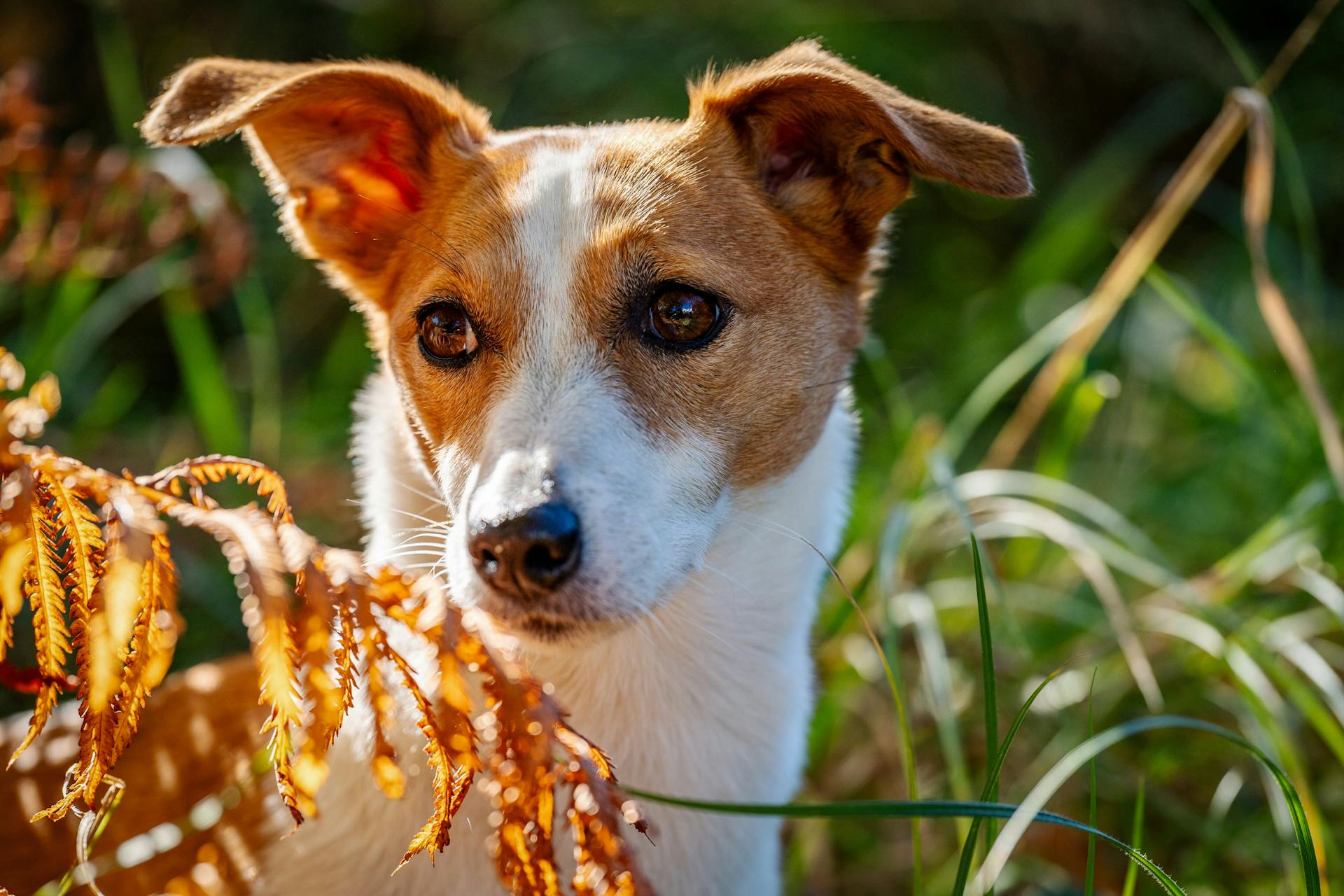
One common health issue is patellar luxation, which occurs when the kneecap "floats" in the joint and slips out of place. This can cause a dog to limp or skip when walking.
Legg-Calves-Perthes disease is another health issue that can affect Jack Russell Terriers, causing the head of the femur to deteriorate and leading to hip pain and potentially joint collapse.
Compulsive behaviors, such as excessive barking, licking, and chewing, can also be a problem in Jack Russell Terriers if they don't receive enough social interaction and structure.
Eye problems are also common in this breed, including lens luxation, glaucoma, and cataracts, which can lead to vision loss and even blindness.
Here are some common health issues that can affect Jack Russell Terriers:
- Patellar luxation: kneecap slips out of place
- Legg-Calves-Perthes disease: hip joint degeneration
- Compulsive behaviors: excessive barking, licking, and chewing
- Lens luxation: lens displacement in the eyeball
- Glaucoma: increased eye pressure
- Cataracts: opacity of the eye lens
It's essential to work with a reputable breeder who can provide CERF clearances for the dog's eyes and OFA clearance for the dog's knees. Regular veterinary check-ups can also help identify any potential health issues early on.
Dental Disease
Dental disease is one of the most common conditions seen in dogs as they age, especially in small breeds.
Bacterial tartar and plaque lead to inflammation of the tissues around the teeth and eventually to tooth and bone decay.
Daily tooth brushing using a dog-specific toothpaste is the best way to prevent dental disease.
Routine dental cleanings are recommended to evaluate the mouth, remove plaque and tartar, polish teeth to prevent future build up, and treat or extract teeth that are significantly unhealthy.
Preventing dental disease requires a regular routine, including daily tooth brushing and regular dental cleanings.
Take a look at this: English Bulldog Teeth
Grooming and Appearance
A Jack Russell Terrier's grooming needs are relatively low maintenance, thanks to their short coat and minimal shedding. You'll only need to bathe them once a month, or more often if they get dirty from digging.
Their ears are small and V-shaped, and tend to fold over at the midpoint. Regular ear cleaning is a must to keep them happy and healthy.
To keep their coat in good condition, you can use a stripping comb every six to eight weeks to remove dead hair from the top coat. This will help prevent excessive shedding and keep their coat looking its best.
Here's a quick rundown of a Jack Russell Terrier's physical appearance:
- Ears: Small and V-shaped, folding over at the midpoint.
- Eyes: Alert, almond-shaped, and dark in color with black eye rims.
- Nose: Button nose that's all black in color.
- Coat: Three types - smooth, rough, and broken.
- Coat Color: Mostly white with brown, tan or black patches on the tail, belly, face and ears.
- Tail: Erect and straight, with a slight curve when in motion.
Grooming Guide
Jack Russell Terriers have three coat types: smooth, rough, and broken, and they're relatively low maintenance when it comes to grooming.
Their coat is easily combed to remove loose hair, and an occasional bath will keep dirt and dander under control. However, if your dog gets dirty from digging, you might need to bathe them more frequently.
A stripping comb is a great tool to remove dead hair from the top coat every six to eight weeks. This will help keep their coat looking its best.
Bathing once a month is usually sufficient, but if your Jack Russell gets dirty, they may need a bath more often. It's also a good idea to clip their nails during bath time.
Daily teeth brushing from puppyhood is ideal to prevent dental disease. You can start this habit early and make it a regular part of their routine.
Regular nail trimming and ear cleaning are also important to keep your Jack Russell happy and healthy.
On a similar theme: Could Shiba Inu Hit 1 Cent
Appearance
The Jack Russell Terrier's appearance is truly one of a kind. Their small, V-shaped ears fold over at the midpoint, giving them a unique look.
Their almond-shaped eyes are dark in color with black eye rims, always alert and ready to take on the day. You'll often see them with a button nose that's all black in color, adding to their adorable face.
A Jack Russell Terrier's coat comes in three different types: smooth, rough, and broken-coated. The smooth coat is short and flat, while the rough coat has a double coat of dense fur underneath and thick, wiry fur on the outside.
Their colors are mostly white with brown, tan, or black patches on the tail, belly, face, and ears. You might even notice a slight curve in their tail when they're in motion.
Here are the different coat types and their characteristics:
Behavior and Training
A Jack Russell Terrier puppy is a bundle of energy and personality, and training them requires patience, consistency, and positive reinforcement. They need to expend a lot of energy or they may become excessive barkers or diggers.
These dogs are highly intelligent and trainable, but they can be stubborn at times. They thrive on stimulation, so pet parents need to work hard to satisfy their need for speed. Positive reinforcement and training games will help keep them interested and engaged.
Jack Russells have a strong prey drive, which means they may bolt at the sight of smaller animals in the neighborhood, including cats. They also have a tendency to dig like there's no tomorrow, literally tunneling underground to try and capture vermin.
To redirect their natural tendencies, it's essential to provide them with an appropriate outlet, such as a sandbox or a designated digging area. This will keep them occupied and prevent them from destroying your lawn or digging up your tulip bulbs.
Here are some key characteristics of Jack Russell Terriers to keep in mind when training and socializing your puppy:
With early socialization and training, Jack Russell Terriers can become confident and entertaining pets. They are highly motivated and eager to have fun, so stick with positive reinforcement and keep training sessions short and frequent.
Fun Activities
You'll love watching your Jack Russell Terrier puppy play and exercise! They are naturally energetic dogs that require regular physical activity to stay happy and healthy.
Jack Russell Terriers are intelligent and trainable, making them a great choice for first-time dog owners who are eager to teach their puppy new tricks.
Playtime with your Jack Russell puppy should include activities that challenge their mind and body, such as agility training and interactive puzzle toys.
A Jack Russell Terrier's short coat requires minimal grooming, but they do need regular nail trimming to prevent overgrowth.
You can also teach your Jack Russell puppy to play fetch, which is a great way to burn off energy and strengthen your bond with your dog.
General Information
The Jack Russell terrier is a breed that's perfect for active families or individuals who can keep up with their high energy levels. They're intelligent and fearless, with a strong prey drive that makes them great for hunting and playing fetch.
Here are some key characteristics to keep in mind:
- Very intelligent
- High stamina
- Relatively healthy with a long life span
These dogs typically stand between 10 to 15 inches tall and weigh between 13 to 17 pounds, making them a great size for apartment living or small yards. With proper care, they can live up to 13 to 18 years, providing a loyal companion for many years to come.
For your interest: Bull Terrier 100 Years Ago
Breed Overview
The Jack Russell Terrier is a breed that's sure to keep you on your toes. They're a Terrier, through and through, with a height range of 10 to 15 inches.
These little dogs are known for their high energy levels, making them perfect for active families. They have a strong prey drive and require regular exercise to keep them happy and healthy.
One of the best things about Jack Russell Terriers is their intelligence. They're very intelligent, which means they're easy to train with positive reinforcement. They also have a relatively long lifespan of 13 to 18 years.
Here are some key characteristics of the breed:
- Very intelligent
- High stamina
- Relatively healthy with a long life span
Their small size, weighing between 13 to 17 pounds, makes them a great choice for city living. But don't let their size fool you - they're fearless and athletic, always up for an adventure.
History of
The Jack Russell Terrier has a rich history dating back to the mid-1800s when John Russell, a British gentleman and fox hunting enthusiast, bred an almost all-white dog to differentiate it from the fox it was meant to pursue.
The breed was developed to venture everywhere a fox could, with a small chest and sturdy body allowing them to bore below ground. These working terriers also used their burrowing instincts to stalk and dig out small animals like groundhogs, raccoons, and squirrels.
After World War II, the Jack Russell's hunting skills were less needed, and the breed transitioned to become more of a family pet. They've since made a name for themselves on the silver screen and in television, including roles in "The Artist" and "Frasier."
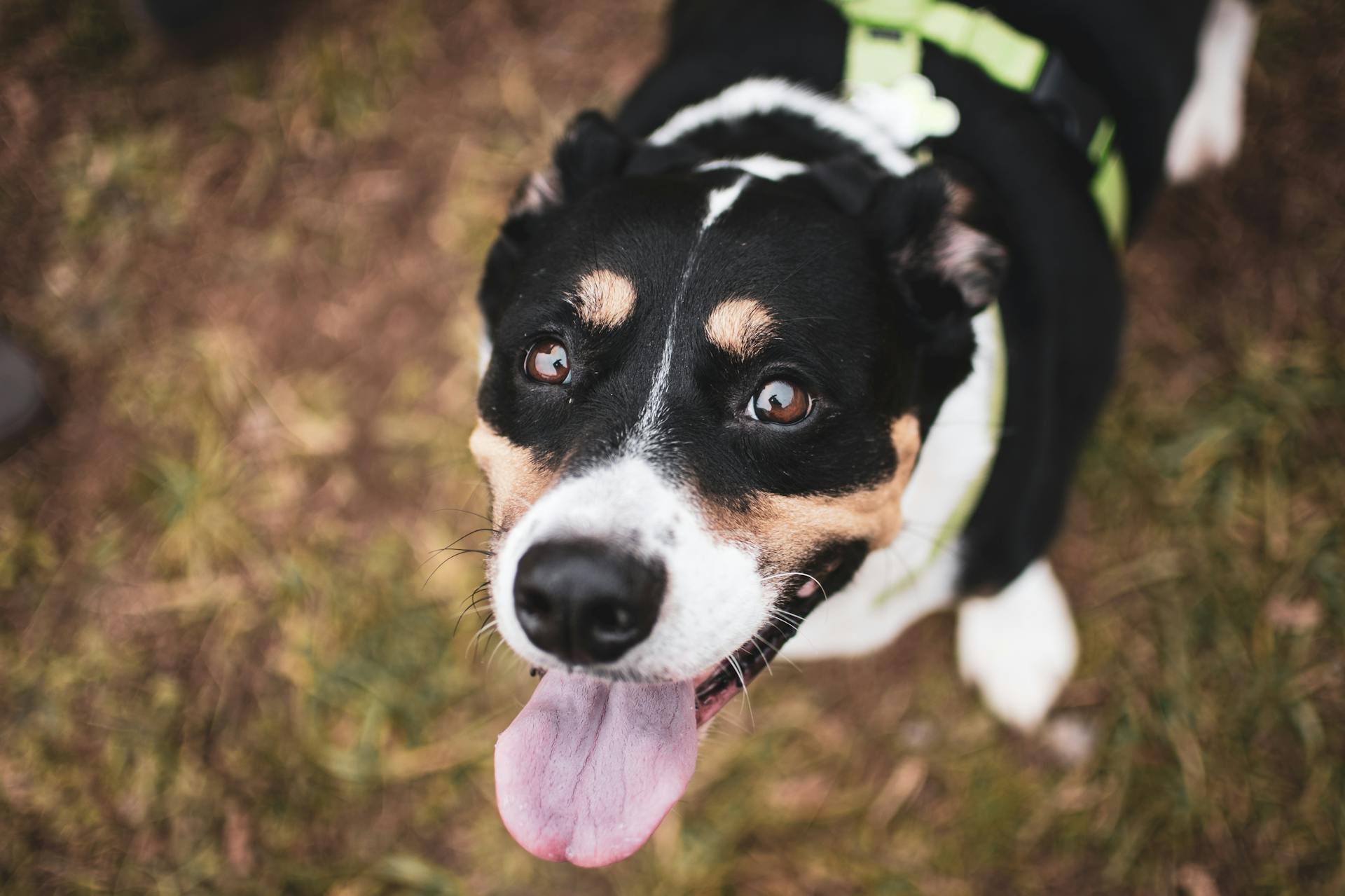
The Jack Russell Terrier breed isn't registered with the American Kennel Club, but two similar types are recognized: the Russell Terrier and the Parson Russell Terrier.
If you're interested in bringing a Jack Russell into your family, you can find reputable breeders through the Jack Russell Terrier Club of America (JRTCA). The price for Jack Russell puppies generally ranges from about $900 to $1500, and they've been screened for health issues.
Here are some recognized types of Jack Russell Terriers:
- Russell Terrier
- Parson Russell Terrier
Ownership and Considerations
If you're thinking about bringing a Jack Russell Terrier puppy into your family, be prepared to expend the energy necessary to keep this bouncy pup happy and well-balanced. They require a major commitment in terms of exercise, mental stimulation, and training.
Their high energy levels need to be expended daily through vigorous exercise, or you'll be dealing with excessive barking, digging, or anxiety. This breed has a strong prey drive, so they'll need to be socialized around other dogs and children from an early age.
To ensure your Jack Russell Terrier puppy grows into a well-adjusted adult, socialization is key. This breed has minimal grooming needs, but their exercise requirements are non-negotiable.
Pet Care Considerations
If you're considering bringing a Jack Russell Terrier into your family, you'll want to be prepared for a high-energy companion. They require a lot of exercise to stay happy and well-balanced.
A daily routine that includes vigorous exercise is a must, as they can get destructive if they don't get enough physical activity. This can include running, trotting, and playing.
Parson Russell Terriers, in particular, need to be socialized around other dogs and children early on to prevent anxiety and behavioral issues. This breed has a strong prey drive, so they may not be the best fit for homes with small pets.
Here are some key pet care considerations to keep in mind:
- Strong prey drive
- Prone to excessive barking
- Requires vigorous daily exercise
Their short coat requires minimal grooming care, which is a plus for busy owners. However, this also means you'll need to focus on training and mental stimulation to keep them engaged.
Prospective Owners
If you're thinking of getting a Jack Russell Terrier, you'll want to start by choosing the right breed for you. The Jack Russell Terrier Club of America Rescue and the Jack Russell Terrier Club of America Breeder Listing are great resources to find a reputable breeder.
Readers also liked: Staffy Kennels
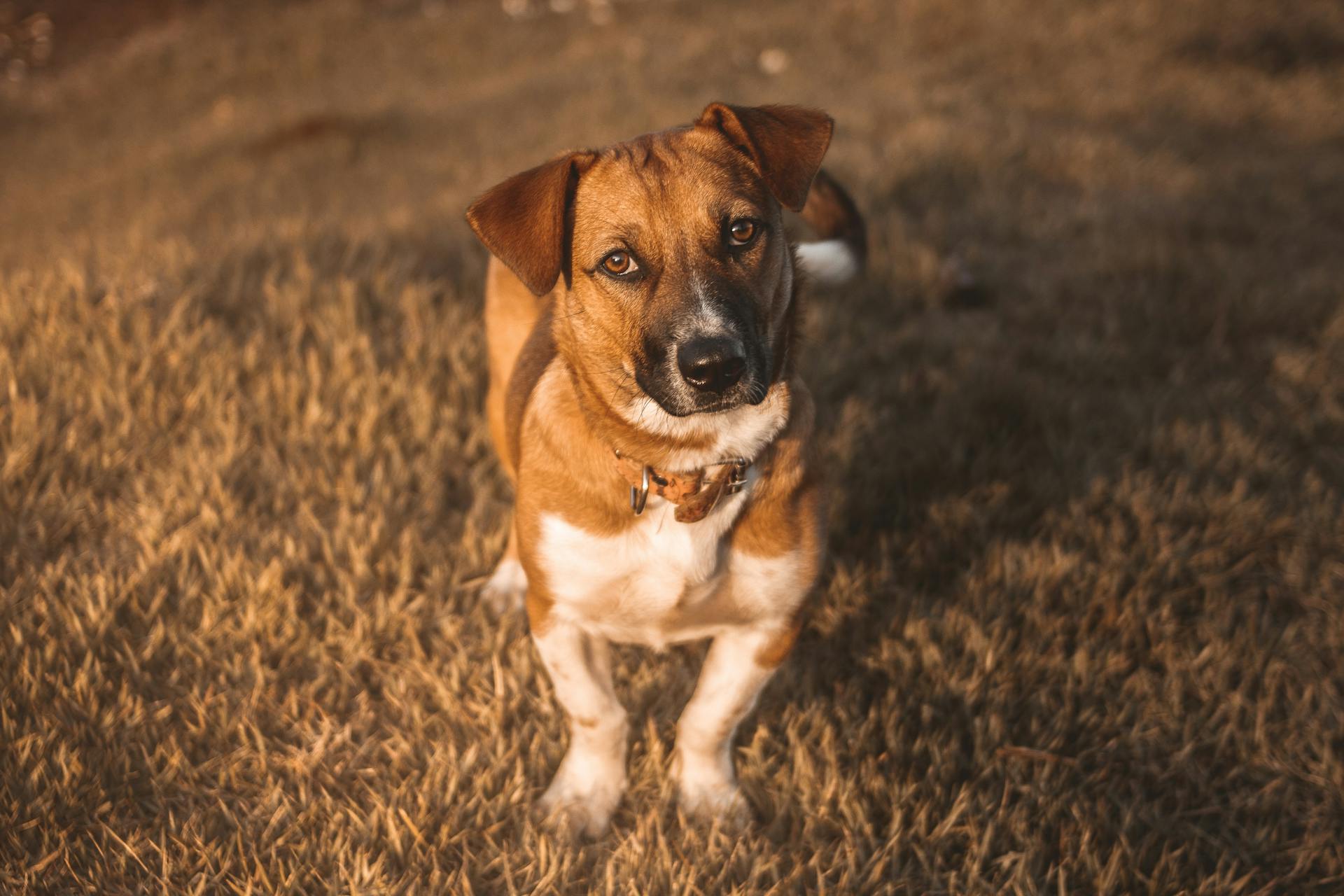
Expect to pay between $800 to $1,500 for a puppy or adult from a breeder, but some breeders may charge up to $2,500 for a show-quality dog. If you're looking for a rescue, be prepared for a potentially shorter socialization period.
To get started, you'll need to consider why you want a dog. Some people get dogs for companionship, while others want a pet that can join them in outdoor activities. Either way, a Jack Russell Terrier can be a great addition to your family.
If you do decide to get a Jack Russell Terrier, be prepared to expend the energy necessary to keep this bouncy pup happy and well-balanced. Jack Russell Terrier puppies grow into active and athletic dogs that require regular exercise, mental stimulation, and training.
Here are some key things to consider when getting a Jack Russell Terrier:
- Puppy or adult: Decide whether you want to get a puppy or an adult dog.
- Reputable breeder: Research and find a reputable breeder with high standards for the health and well-being of their canines.
- Exercise and training: Consider the time and effort required to keep your Jack Russell Terrier happy and well-balanced.
Frequently Asked Questions
Is a Jack Russell a good house dog?
A Jack Russell can be a great family dog for active households, but their high energy level may not be suitable for young children
What not to do with a Jack Russell?
Do not drive with a Jack Russell in the car, as it may put the pet in danger. Also, avoid situations that may trigger excessive barking due to their spirited and vocal nature
Featured Images: pexels.com
